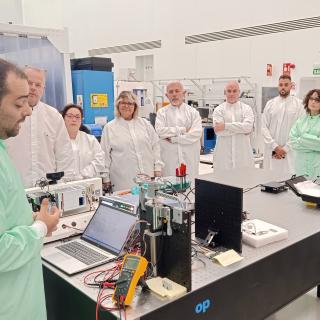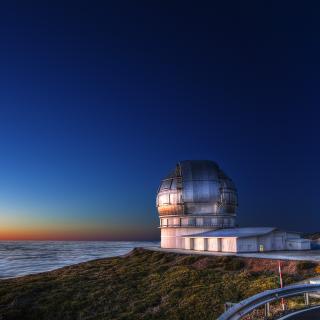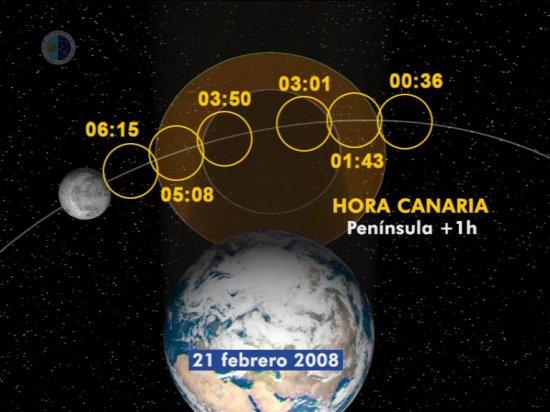It may interest you
-
 As part of Open Government Week, which is being held from 19 to 25 May, the Instituto de Astrofísica de Canarias (IAC) has organised open days at its facilities in La Laguna (Tenerife) to bring its research and technological activity closer to the public. This international initiative aims to promote the values of transparency, citizen participation and accountability in public administrations. The visits, in which dozens of people took part in different shifts, were held on Monday 19 May at the IAC headquarters and on Tuesday 20 May at the IACTEC building, the Institute's technological andAdvertised on
As part of Open Government Week, which is being held from 19 to 25 May, the Instituto de Astrofísica de Canarias (IAC) has organised open days at its facilities in La Laguna (Tenerife) to bring its research and technological activity closer to the public. This international initiative aims to promote the values of transparency, citizen participation and accountability in public administrations. The visits, in which dozens of people took part in different shifts, were held on Monday 19 May at the IAC headquarters and on Tuesday 20 May at the IACTEC building, the Institute's technological andAdvertised on -
 The Instituto de Astrofísica de Canarias (IAC) is one of the international researches centres which is following actively the asteroid 2024 YR4 which has been qualified by the United Nations (UN) as potentially dangerous, because it has a 1.5% probability of impacting the Earth during 2032.The asteroid was discovered in 2024 and has an estimated size of between 40 and 90 metres. Given these figures, the UN has activated the protocols of planetary defence to obtain more accurate estimates of the orbit, the size and the threat which might be presented by 2024 YR4. The protocols of the UN areAdvertised on
The Instituto de Astrofísica de Canarias (IAC) is one of the international researches centres which is following actively the asteroid 2024 YR4 which has been qualified by the United Nations (UN) as potentially dangerous, because it has a 1.5% probability of impacting the Earth during 2032.The asteroid was discovered in 2024 and has an estimated size of between 40 and 90 metres. Given these figures, the UN has activated the protocols of planetary defence to obtain more accurate estimates of the orbit, the size and the threat which might be presented by 2024 YR4. The protocols of the UN areAdvertised on -
 Cristina Ramos Almeida, investigadora del Instituto Astrofísico de Canarias (IAC) y coautora de más de un centenar de artículos sobre galaxias y agujeros negros, ha sido una de las homenajeadas en la primera edición de los premios "Mujeres tenían que SER" de Radio Club Tenerife, Cadena SER. El evento, celebrado en la noche del miércoles 29 de octubre, en la sala Adán Martín del edificio de Presidencia del Gobierno en Santa Cruz de Tenerife, ha teñido el espacio de reconocimiento al talento femenino en diversos ámbitos. La distinción resalta la crucial contribución de Ramos Almeida a laAdvertised on
Cristina Ramos Almeida, investigadora del Instituto Astrofísico de Canarias (IAC) y coautora de más de un centenar de artículos sobre galaxias y agujeros negros, ha sido una de las homenajeadas en la primera edición de los premios "Mujeres tenían que SER" de Radio Club Tenerife, Cadena SER. El evento, celebrado en la noche del miércoles 29 de octubre, en la sala Adán Martín del edificio de Presidencia del Gobierno en Santa Cruz de Tenerife, ha teñido el espacio de reconocimiento al talento femenino en diversos ámbitos. La distinción resalta la crucial contribución de Ramos Almeida a laAdvertised on
